The largest national park in the U.S. Pacific islands extends from sea-level to the summit of Mauna Loa at 13,677 feet. Within the park are rainforests teeming with native birds and rare plants, montane and dry woodlands that are home to culturally important species, and a dynamic coastline.
Hawaiian plants and animals began to evolve over 70 million years ago in nearly complete isolation. Over 90% of the native terrestrial flora and fauna in Hawaiʻi are found only in the Hawaiian islands. This level of endemism surpasses all other places on Earth, and the park is a living laboratory for studying biogeography and evolution within the Pacific islands.
What's Monitored Here
-
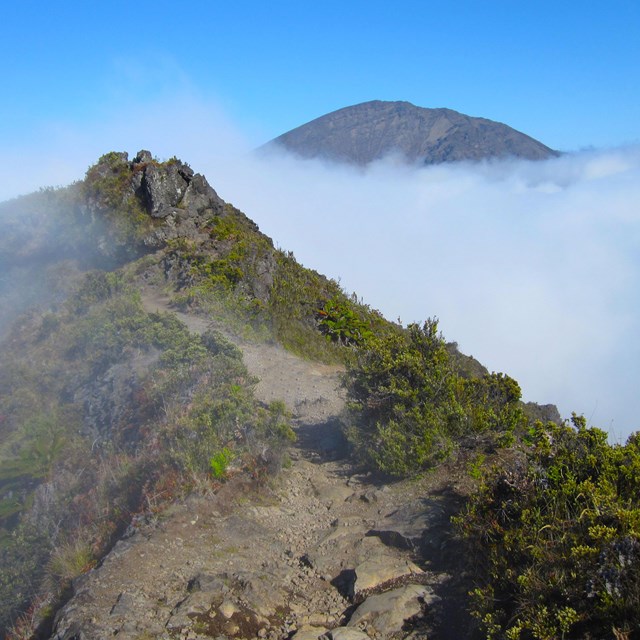 Climate
ClimateClimate is widely recognized as a major driver for both terrestrial and marine ecosystems
-
 Early Detection of Invasive Plants
Early Detection of Invasive PlantsEarly detection of invasive plant species is a key component in helping to curtail the spread of noxious weeds into surrounding areas
-
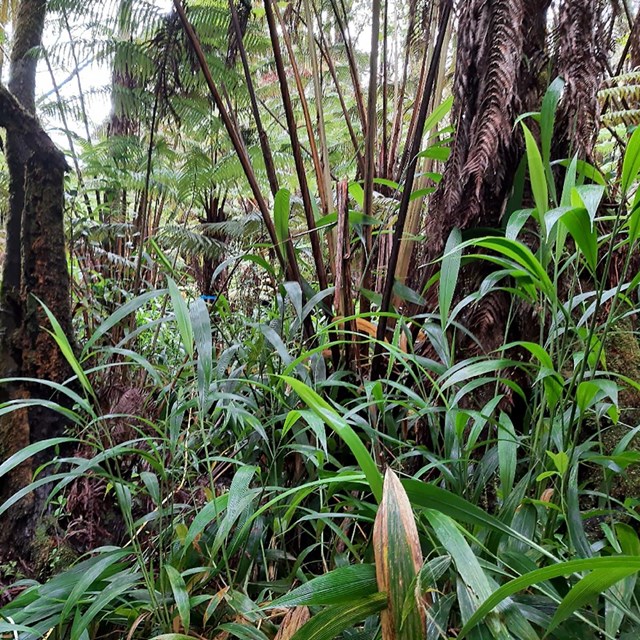 Established Invasive Plant Species
Established Invasive Plant SpeciesNonnative plant species invasions present a serious threat to Pacific island ecosystems
-
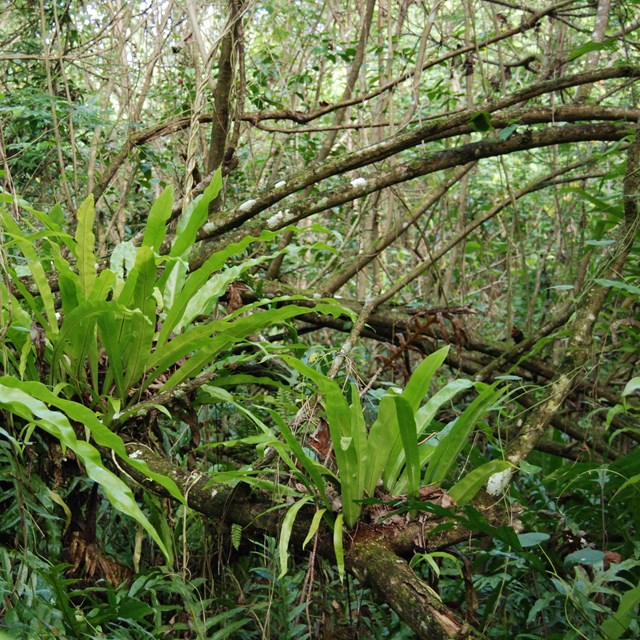 Focal Terrestrial Plant Communities
Focal Terrestrial Plant CommunitiesLong-term vegetation monitoring helps us determine plant community health, ecosystem stability, and the effectiveness of management
-
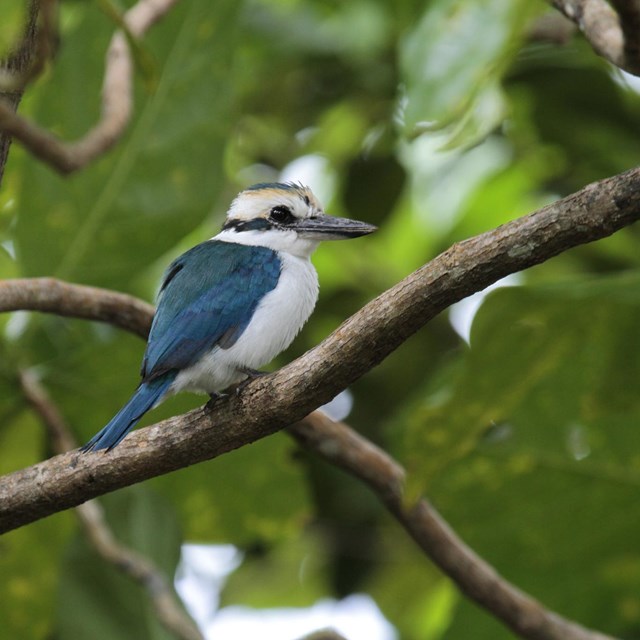 Landbirds
LandbirdsOn Pacific islands, birds pollinate the majority of woody plant species and disperse their seeds
-
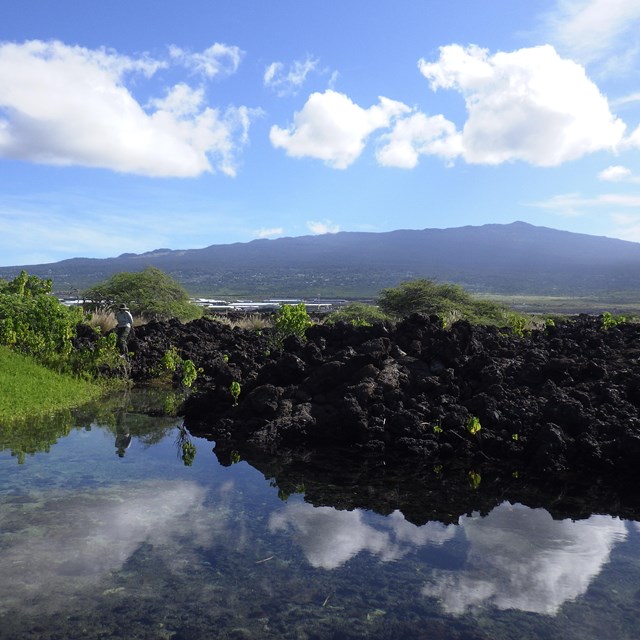 Landscape Dynamics
Landscape DynamicsLandscape dynamics monitoring in parks provides information on land use and land cover change

PACN I&M Inventory and Monitoring Reports, Protocols, and Articles from Hawai‘i Volcanoes National Park
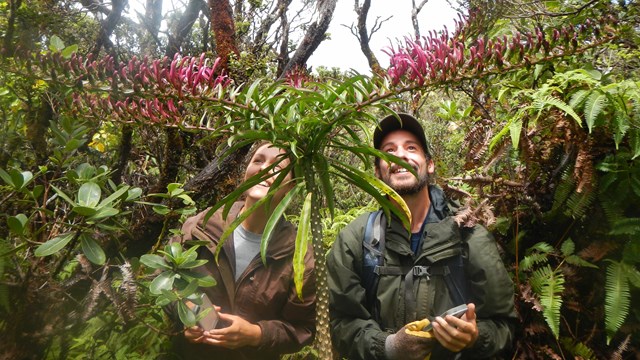
Discovering species in our parks
Last updated: September 12, 2024
